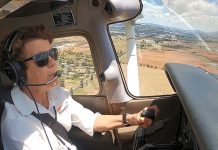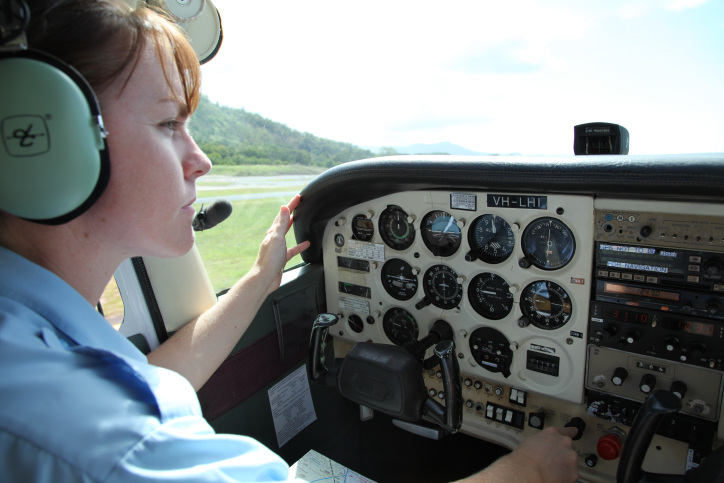Carbon monoxide poisoned the pilot of the tourist seaplane that crashed in Jerusalem Bay, north of Sydney, on New Year’s Eve 2017, the Australian Transport Safety Bureau (ATSB) has found.
The ATSB report, issued today, found the pilot and passengers on the aircraft all had elevated levels of carboxyhaemoglobin in their blood, indicating exposure to carbon monoxide, a colourless, odourless gas created by combustion in engines that, when breathed, displaces oxygen in the bloodstream.
In response, the ATSB has called for the operators and owners of piston-engine aircraft to install active-warning carbon monoxide (CO) detectors (as opposed to colour-changing detection strips) or for pilots to carry a phone-sized personal electronic CO detector. The ATSB has recommended that CASA consider making active-warning CO detectors in piston-engine aircraft mandatory, particularly in passenger-carrying aircraft.
The DHC-2 Beaver seaplane crashed on the return flight from a waterfront restaurant at Berowra. The report found the pilot, after dropping his passengers for their meal, had left the mooring and taxied the aircraft for 27 minutes, due to the arrival of another seaplane at the mooring. This ‘likely exacerbated the pilot’s elevated carboxyhaemoglobin level,’ the report says. ‘As a result, the pilot would have almost certainly experienced effects such as confusion, visual disturbance and disorientation. Consequently, it was likely that this significantly degraded the pilot’s ability to safely operate the aircraft.’
After returning to the restaurant mooring and boarding the passengers at about 3pm, the pilot began the return flight. The ATSB analysed photographs taken by spectators and by one of the deceased passengers to reconstruct the aircraft’s flight path. It made a turn of about 270 degrees at low altitude and flew into Jerusalem Bay, a ‘known confined area’ in the words of the report. The aircraft flew towards the end of the bay at lower than the height of the surrounding terrain, then made a steep turn to the right, during which it stalled and crashed, killing all on board.
However, the ATSB found the aircraft was capable of turning within the bay and could have safely turned back earlier. At the point where it made its steep turn, there was sufficient distance remaining to land on the water, and the steep turn was made at low level and at greater a bank angle than was required.
About carbon monoxide poisoning, the report says, ‘The physical symptoms and cognitive effects of CO exposure generally start to occur at COHb levels of around 10 per cent. This includes headaches, nausea, dizziness, confusion, and disorientation. These will become more severe with increasing COHb levels and duration. In this case, the pilot was almost certainly experiencing some, if not all of these.’ A concentration of 11 per cent (+/- 0.5 per cent) was found in the pilot’s remains. The passengers had concentrations between 4 per cent and 10 per cent.
The ATSB investigation found several pre-existing cracks in the engine’s exhaust collector ring had very likely released exhaust gas into the aircraft’s engine bay, and that this gas very likely entered the cabin through holes in the main firewall where three bolts were missing from the magneto access panels. Examination of the wreckage also found other bolts in place to secure the panels were worn and were a combination of modified approved bolts and non-specific bolts.
The ATSB repot drew attention to its safety notice issued in 2020 for pilots and maintainers of piston engine aircraft.
After its challenging three-year investigation, using innovative techniques including flight path reconstruction from digital photos, the ATSB has formally recommended for the International Civil Aviation Organization (ICAO) and CASA consider making lightweight recording devices mandatory for smaller passenger-carrying aircraft.
‘Advancements in technology have made self-contained image, audio and flight data recording systems far more cost-effective and accessible to all aircraft,’ ATSB chief commissioner Greg Hood said.





You can buy high quality reliable CO detection devices here in Australia. They are not expensive and could save your life.
https://www.candoitaustralia.com.au/collections/aithre-in-flight-health-equipment
Very sad outcome.
Where was the crash site?
Near Berowra or Cottage Point?